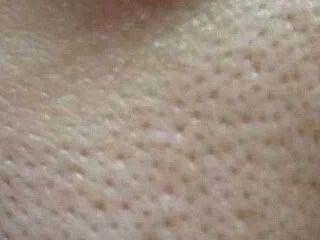If a patient presents with seborrheic dermatitis or tinea capitis, the treatment approach needs to be differentiated. For either condition, the medications used are specifically targeted.In the case of seborrheic dermatitis, the primary focus is on anti-itch and anti-inflammatory treatments.However, for tinea capitis, a fungal microscopic examination must be conducted before treatment. If fungal hyphae or spores are detected, antifungal therapy is generally required.1. Commonly, oral medications such as itraconazole or terbinafine are prescribed.2. For localized tinea capitis with prominent pustules or inflammatory manifestations, topical application of compound ketoconazole cream or the use of antifungal shampoos is recommended.On the other hand, for seborrheic dermatitis, oral antihistamines like loratadine can be used, and topical treatment with compound ketoconazole shampoo is also effective.




